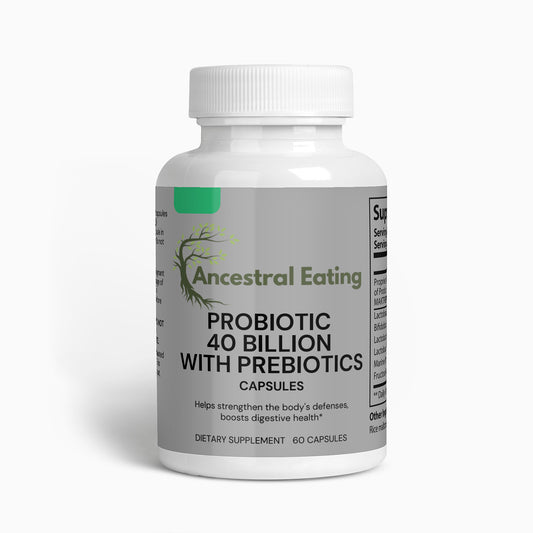The culinary traditions of Thailand have a rich and varied history, influenced by various factors such as geography, trade, and cultural exchange. Over the last 500 years, Thai cuisine has evolved significantly, but many of its core elements remain the same. Here is an overview of foods commonly consumed in Thailand over this period:
Staple Foods
- Rice: Jasmine rice and sticky rice have been staples for centuries. They are usually served as a side with most meals.
- Noodles: Various types of rice noodles, like Pad Thai and Kanom Jeen, are popular.
Proteins
- Fish and Seafood: Given Thailand's long coastline and numerous rivers, fish and seafood have always been abundant.
- Chicken, Pork, and Beef: Meat, although traditionally consumed in smaller amounts than in Western diets, is important. Dishes like "Gai Yang" (grilled chicken) and "Moo Ping" (grilled pork) are popular.
- Tofu and Eggs: Serve as alternative protein sources and are used in various dishes.
Fruits and Vegetables
- Coconut: Used in everything from curries to desserts.
- Mango, Papaya, and Pineapple: Common fruits, often eaten fresh or used in dishes like Som Tum (green papaya salad).
- Vegetables: Leafy greens, eggplants, and herbs are commonly used.
Herbs and Spices
- Lemongrass, Galangal, and Kaffir Lime Leaves: Commonly used in soups and curries.
- Chilies: Thai cuisine is known for its spiciness, often from fresh or dried chilies.
- Fish Sauce: A fermented condiment that is fundamental to Thai cuisine.
Traditional Dishes
- Curries: Green curry, red curry, and Massaman curry are some of the well-known types.
- Tom Yum: A sour and spicy shrimp soup.
- Pad Thai: Stir-fried rice noodles with shrimp, chicken, or tofu.
- Som Tum: A spicy green papaya salad.
Sweets and Desserts
- Mango with Sticky Rice: A popular dessert, especially when mangoes are in season.
- Khanom Krok: Coconut and rice flour pancakes.
Beverages
- Thai Iced Tea: A sweet, creamy beverage made from strongly brewed tea.
- Fresh Fruit Juices: Made from locally available fruits.
Foreign Influences
- Chinese Influence: Stir-fries, noodle dishes, and the use of soy sauce and tofu are contributions from Chinese cuisine.
- Indian Influence: Curries and the use of spices like turmeric, cumin, and coriander are inspired by Indian cuisine.
Modern Trends
- International Cuisine: In urban areas, foods from around the world are increasingly available.
- Fusion Foods: Combining elements of traditional Thai cuisine with international flavors.
Thai cuisine is characterized by its bold flavors, use of fresh herbs and spices, and the delicate balance of sweet, sour, salty, and spicy elements. It has evolved over centuries but has maintained its unique character and fundamental elements.






